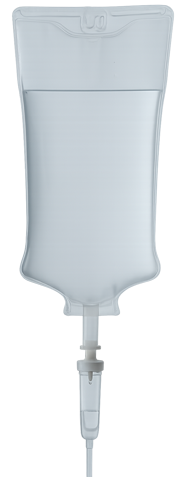If testosterone were the cause of prostate cancer, why dont 20 y.o. men have PCa
Daniel Weber (PHD, MSC) comments on the article below:
Historical perspective reveals that there is not now-nor has there ever been-a scientific basis for the belief that T causes PCa to grow. Discarding this modern myth will allow exploration of alternative hypotheses regarding the relationship of T and PCa that may be clinically and scientifically rewarding (Morgentaler, 2006).
Testosterone supplementation after prostate cancer?
At some point in their 40s, mens testosterone production begins to slow. By some estimates, levels of this hormone drop by about 1% a year. As men get into their 50s, 60s, and beyond, they may start to have signs and symptoms of low testosterone. These include reduced sex drive and sense of vitality, erectile dysfunction, decreased energy, lower muscle mass and bone density, and anaemia. When severe, these signs and symptoms characterise a condition called hypogonadism.
Researchers estimate that hypogonadism affects two to six million men in the United States. Yet it is an underdiagnosed problem, with only about 5% of those affected receiving treatment, according to the FDA. Deciding which patients should receive testosterone supplementation has proved tricky, however. For example, little consensus exists on what constitutes low testosterone. (The Endocrine Society considers a man to have low testosterone if the blood level is less than 300 ng/dl; some physicians set higher or lower benchmarks.) In addition, some men may have low blood levels of testosterone but not experience any symptoms. And few large, randomised studies on the long-term risks or benefits of testosterone supplementation have been completed.
One of the most heated debates centres on whether testosterone fuels prostate cancer. If thats true, say some experts, then why do men develop prostate cancer when they are older, at the same time their testosterone levels are dropping? (Harvard University, 2011)
Testosterone and prostate cancer: an evidence-based review of pathogenesis and oncologic risk
Testosterone plays a central role in male development and health. Likewise, androgen deficiency, or hypogonadism, is associated with a variety of symptoms including decreased energy, diminished libido and erectile dysfunction, among others. Male androgen levels steadily decline with age, and, in a subset of symptomatic older men, can result in late-onset hypogonadism (LOH). Over the last decade, increased awareness of hypogonadism among patients and providers has led to a significant rise in the use of testosterone replacement therapy (TRT) for hypogonadism, and especially in LOH. Accompanying the rise in TRT are concerns of potential adverse effects, including cardiovascular risks and the promotion of prostate cancer. The androgen hypothesis asserts that prostate cancer development and progression is driven by androgens, and thus TRT has the theoretical potential to drive prostate cancer development and progression.
While there is significant evidence that androgens promote prostate cancer in experimental systems. However, there is no clear evidence that elevations in endogenous testosterone levels promote the development of prostate cancer in humans.As a result of experimental and historical data on the progression of prostate cancer following TRT, there has been widespread belief that TRT will promote disease progression in prostate cancer patients. Despite these fears, there are a growing number of studies demonstrating no increase in prostate cancer incidence among men on TRT. Furthermore, in studies involving a small number of patients, there has been no discernible increase in disease progression in prostate cancer patients on TRT (Michaud et al., 2015).
Sources
Harvard University. http://www.harvardprostateknowledge.org/testosterone-supplementation-after-prostate-cancer
Michaud JE, Billups KL, Partin AW. Ther Adv Urol. 2015 Dec; 7(6): 378387. doi: 10.1177/1756287215597633
Morgentaler A. Testosterone and prostate cancer: an historical perspective on a modern myth. Eur Urol. 2006 Nov;50(5):935-9.






